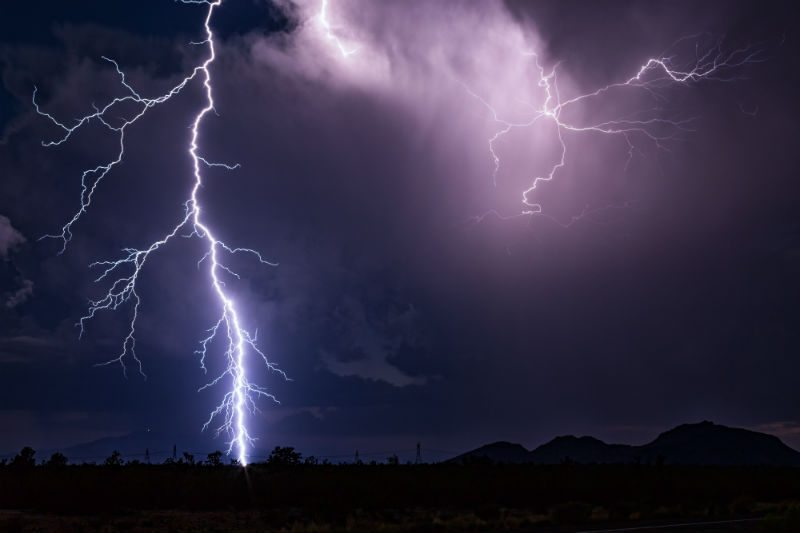
Keep your business out of the dark during power outage
{Sponsored} Spring and summer storms can bring severe weather elements that can do considerable damage to your facilities and the technologies that power them. Heavy rain, fast winds and lightning strikes all have the potential of leading to power failures. Before a power outage leaves your business in the dark, establish emergency procedures to protect your employees, inventory and property.
Financial losses from a storm can be restored, but lives cannot. The National Weather Service (NWS) recommends businesses develop a lightning safety warning program. Two basic requirements should be met by this policy, according to NWS:
- Lightning danger warnings can be issued in time for everyone to get to a safe location
- Establish access and directions to a safe place
If early signs of thunderstorms are present, it’s best to not start any work you won’t be able to stop quickly in case of lightning. Once employees have a clear understanding of safety guidelines, outline procedures that will help reduce the impact a power outage will have on your business. Routinely going through this checklist will save you time when it matters most.
- Ensure circuit breakers are clearly labeled
- Keep a backup generator on hand to run essential equipment
- Identify equipment that must be unplugged as a storm nears
- Install surge protectors on computers and other electronics
- Have battery-operated radios available with plenty of backup batteries
A generator will be the best way to keep your business operating until you get full power backup and running across all facilities. The size of the generator will depend on the type and size of equipment you deem essential.
A report by the University of Florida Institute of Food and Agricultural Sciences (UF/IFAS) found that water well pumps and ventilation fans are often the largest users of power. UF/IFAS recommends the generator power capacity be “about three times that of the wattage of the largest motor that is to be started, or at least two kilowatts of generator capacity for each brake horsepower as shown on the nameplate of the electrical motors.”
The last thing you need during a power outage is a failing generator. Routinely check auxiliary generating equipment. It should be started at least once a month to check for proper operation. Also remember to keep the generator safe from weather damage, and prevent rodents and birds from making homes there when it isn’t being operated.
For more information, contact a Hortica® agent or visit www.hortica.com.
Hortica® property and casualty coverages are underwritten, and loss control services are provided, by Florists’ Mutual Insurance Company and Florists’ Insurance Company, members of the Sentry Insurance Group. For more information, visit hortica.com. Policies, coverages, benefits and discounts are not available in all states. See policy for complete coverage details.
77-41G 24001971 6/21/17


 Video Library
Video Library 



















